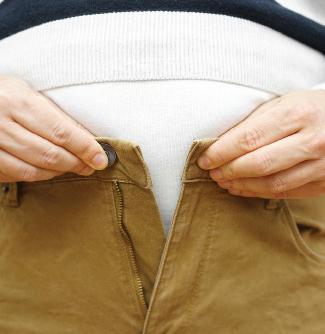TEETH
BY DR. ERIC EBY
Dental x-rays are safe
They’re a powerful tool to assist with your dental health
D
ental radiographs, commonly known as x-rays, are an important diagnostic tool that your dentist uses to evaluate the bone around your teeth and the areas of teeth that cannot be seen visually when looking in your mouth. There are many types of radiographs that may be taken during your dental visit, the most common are periapical and bitewing radiographs. Periapical radiographs allow your provider to see the root structure of your teeth, which includes the root canals. These are taken to examine the roots for abscesses (bacterial infection) which can be chronic or acute. These x-rays can also show other infections or bony changes that may be related to periodontal (gum) disease. Some types of bony tumors can also be discovered from periapical radiographs. Bitewing radiographs are used to determine if there is decay between your teeth that is not able to be seen
during a visual exam. In addition, bitewings allow the dentist to look at changes in bone levels around your teeth. Your dentist also evaluates the integrity of current restorations (fillings/crowns) in your mouth utilizing bitewing radiographs. The current standard of care indicates that periapical radiographs of each tooth are to be taken, at a minimum, every five years. Bitewing radiographs are taken every year at routine hygiene visits. Some patients are concerned about radiation created when taking radiographs, and several factors need to be considered that make them very safe. Currently, many dental offices are using digital radiographs which already reduce the radiation by 50% compared to traditional radiographs. Dental offices also follow the “ALARA” principle, which stands for “As Low as Reasonably Achievable” when obtaining radiographs. This concept limits
radiation exposure by using the fastest image receptor possible, collimation (reduction) of x-ray beam to the size of the image receptor (preventing scatter radiation), and the use of leaded aprons to protect structures impacted by radiation such as the thyroid. Radiation is measured in mSv (millisieverts) and yearly bitewing radiographs expose a patient to 0.005 mSv of radiation. As a comparison, when we fly across the United States we are exposed to 0.035 mSv which is 7X more radiation. Another notable fact is each year we all receive 3.2 mSv of background radiation simply by living on planet earth. This is 640X more radiation than bitewing radiographs. So, the next time you need x-rays rest assured that they are safe. Allowing your oral healthcare provider to take x-rays helps them properly diagnose and treat your mouth, keeping it free of disease.
Dental Radiographs A bitewing radiograph
A periapical radiograph
Dr. Eric L. Eby, D.D.S., M.A.G.D. His interests include crown and bridge, implant dentistry, and sleep apnea.
10
www.healthyandfitmagazine.com












